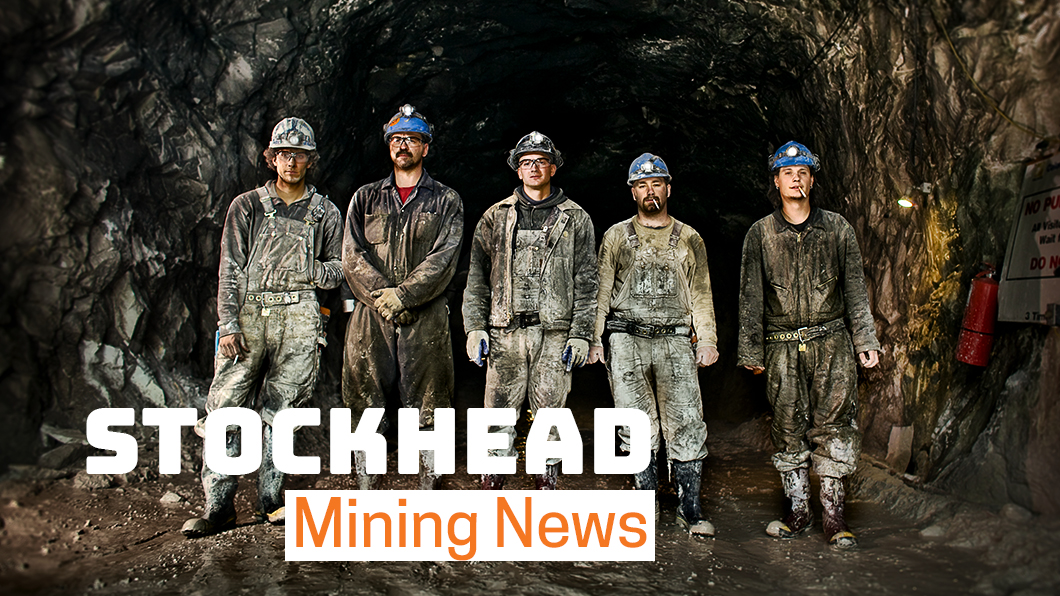Barry FitzGerald: Biden time? Uranium battlers faintly feel the whoosh factor

Pic: Tyler Stableford / Stone via Getty Images
Spare a thought for the uranium explorers and developers, the hardiest bunch of juniors that can be found on the ASX.
They have been out in the cold for more than a decade, playing a waiting game for the much-vaunted rebound in prices for the nuclear fuel.
But with another year about to pass, there has been no joy on the uranium price, leaving the share prices of the junior uranium stocks to languish at rock bottom prices.
Prices in the September quarter fell below $US30/lb (again) for spot prices, although the more representative long-term contract price did manage to hold above $US35/lb.
Either way prices remain a good $US30/lb short of the incentive price – the price considered necessary to encourage new mine developments to meet long-term demand.
The good news in that is that history shows that when the uranium prices does take off in response to power utilities moving to cover their long-term supply needs, it does so with a whoosh – taking the share prices of the uranium stocks along for the ride.
The timing of the next whoosh moment remains uncertain. But according to the Western world’s biggest uranium group, Canada’s Cameco, Greta Thunberg “has not gone away”.
25 million EVs
The reference to the teenage global warming warrior was a catch-all for the world’s increasing focus on electrification and decarbonisation, notwithstanding COVID-19 dominating current concerns.
Cameco boss Tim Gitzel said last week that there was recognition from a policy point of view that zero emission nuclear power “will be needed in the toolbox to sustainably achieve both electrification and decarbonisation at the same time”.
Gitzel said that China, for example, has a goal to have 25 million electric vehicles on the road by 2030 while also stating it is to become carbon neutral before 2060.
“A follow-on study from a clan of scientists in that country predicted that to achieve this goal will require an estimated quadrupling of nuclear power capacity,” Gitzel said.
“That would be about 200 reactors for China alone, double that of the US fleet, which is currently the largest in the world. So demand for nuclear is increasing.
“However, on the supply side, there’s some big question marks about where uranium will come from to fuel the world’s growing nuclear fleet due to persistently low prices, shrinking secondary supplies, and the end of reserve life and unplanned disruptions.
“These are the fundamentals that get us up in the morning.”
Waiting for the whoosh factor
The same can be said for the dozen or so ASX uranium juniors, and their investor bases, which are banking on the whoosh factor in uranium prices/stock prices eventually taking hold.
The most senior in their ranks is the African-focussed Paladin (ASX:PDN, 13c). Other names in the sector include Vimy (ASX:VMY:3.3c), Boss (ASX:BOE:6.4c), Alligator (AGE:0.5c) Bannerman (ASX:BMN:3.6c), Deep Yellow (ASX:DYL:33c), Peninsula (ASX:PEN: 6.5c), Marenica (ASX:MEY:9.4c), TNT Mines (ASX:TIN:26c), GTI (ASX:GTR:1.7c) and Thor (ASX:THR:1.9c).
Market caps of that collection – apologies to those not mentioned – vary wildly, with many cases of uranium resources-in-the-ground effectively being offered at cents per pound.
Some have added gold or other commodity legs to fill in their story pending uranium’s upturn. But on the whole, if an investor is looking for leverage to uranium’s potential whoosh upside, there is plenty on offer.
Somewhat ironically, the big end of town is helping to establish the conditions for uranium’s eventual whoosh moment by removing supply, or by reducing supply expectations.
Rio Tinto’s listed subsidiary Energy Resources of Australia (ASX:ERA) will cease processing at its Ranger operation in the Northern Territory early next year. It was once an 11 million pounds-a-year producer.
And there is BHP which has cancelled a planned expansion of its Olympic Dam copper-gold-uranium mine in South Australia because the economics did not stack up, effectively removing 14 million pounds-a-year of additional future supply.
Finally, Joe Biden’s US election victory comes with a clean energy focus that includes nuclear power, albeit with a technology bent to deliver small modular reactors at lower cost.
UNLOCK INSIGHTS
Discover the untold stories of emerging ASX stocks.
Daily news and expert analysis, it's free to subscribe.
By proceeding, you confirm you understand that we handle personal information in accordance with our Privacy Policy.








